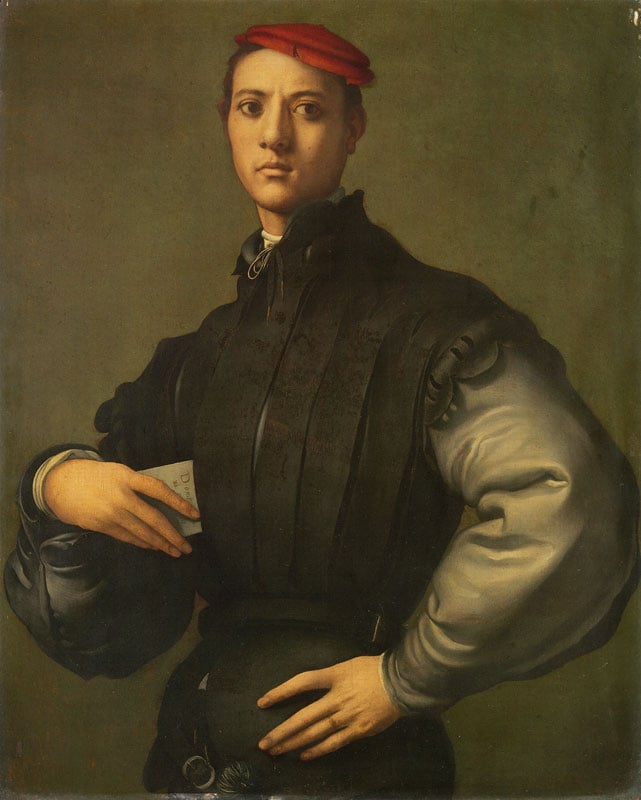
London’s National Gallery is looking to close the deal on a £30 million ($36.5 million) Jacopo Pontormo canvas, but it only has until October 22 to do so. The 1530 portrait of a young man was sold to a New York-based buyer in 2015, but the government has since imposed an export licence deferral to allow a British institution to match the purchase price.
Because the anonymous buyer had already paid for the work—including sales tax—before the government stepped in, the National Gallery is not eligible to receive the standard tax breaks on the purchase. According to the Art Newspaper, the museum has reached an agreement with the government for a £19 million ($23.3 million) grant, the largest of its kind ever issued.
The work, Portrait of a Young Man in a Red Cap, dates from 1530 and was purchased by the Third Earl of Caledon in 1825. It was loaned to the National Gallery in 2008 but the earl’s descendants arranged a sale, purportedly to billionaire vice chairman at the Blackstone Group, Tomilson Hill, last year.
With the government grant, which essentially amounts to a tax refund, in play, the National Gallery needs to raise just £11 million ($13.5 million) to match the purchase price. The museum has already applied for grants from the Heritage Lottery Fund and the Art Fund, and will likely look to bridge the gap with its own funds, and money from the Getty-run American Friends of the National Gallery.
Most of Pontormo’s 15 extant portraits reside in his native Italy, so this painting, described by the British Arts Council as “one of the quintessential visual expressions of Republican sentiment in Renaissance Florence, as well as a first-rate example of Florentine portraiture of the sixteenth century,” would be an important addition to the nation’s art collection.